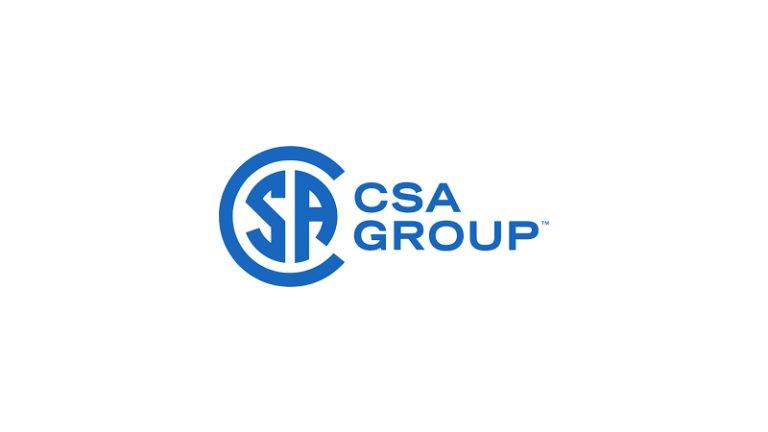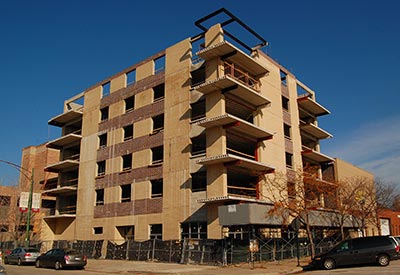Electrical Inspectors Association of Alberta Annual Conference: Notes on CE Code Changes

Feb 18, 2016
Pierre McDonald
On February 12 and 13, the Electrical Inspectors Association of Alberta (EIAA) hosted its 20th Annual Technical Conference in Edmonton, Alberta. Almost 100 delegates attended the two-day event, which saw presentations on the Canadian Electrical Code (CE Code) Sections 10 and 24 as well several discussions on some of the new 2015 CE Code requirements in force in Alberta as of January 1, 2016. This event allows Inspectors an opportunity to liaise with one another, discuss code interpretation, and review trends that are apparent within the industry, all to facilitate safer electrical installations throughout Alberta.
Alberta inspectors and the safety codes system
The Alberta electrical inspection environment is a little different than most provinces or territories. It operates on the premise that municipalities and corporations should have the opportunity to administer the Alberta Safety Codes Act within their boundaries.
The Safety Codes Council (SCC) was set up June 1991 to administer this system. The SCC is a statutory corporation that formulates and oversees the development and administration of safety codes and standards throughout the province. In a nutshell, the SCC is the body that certifies safety codes officers (inspectors) and accredits agencies, municipalities and corporations to administer the act.
Certified safety codes officers, or SCOs, inspect the construction, installation, operation, and maintenance of structures and systems to ensure compliance with relevant codes, standards and regulations. To be able to perform Inspections for any accredited entity (agencies, municipalities and corporations), an SCO requires a designation of powers. This designation of powers is the process of authorizing SCOs to function within the framework of an accredited organization. It provides the safety codes officer the authority to administer the Safety Codes Act.
Conference agenda highlights
This conference allowed participants (predominately electrical SCOs) to discuss and compare notes on various changes to the CE Code. Agenda items were submitted looking for clarification, conversation and in some cases a decision on how these code rules would be handled in Alberta. Some agenda items were submitted for information-only purposes. Regardless, they were all informative.
Key agenda items were:
• classification of patient care and intermediate care areas, Section 24
• flame spread ratings of cable and raceways in the 2014 Alberta Building Code, CE Code rule 2-130 and 2-132
• Rule 4-004 ampacity of wires and cable and IEEE calculations
• cable seals in Zone 2 locations
• AFCI In dwelling units, rule 26-724(f)
• disconnecting means for the combiner, rule 64-060
• arc-fault circuit protection for off-grid installation, rule 64-216
• rapid shutdown rule 64-218
The above are just a few of the 24 agenda items submitted, with one in particular generating much discussion: the AFCI requirements for receptacles in dwelling units. It was pointed out that the original intent of AFCI protection was for receptacles in bedrooms because they were subjected to abuse from moving furniture (beds, desks, side tables and dresser drawers). Keeping this logic in mind, it was commented that those receptacles in use when a user was present or those receptacles not subject to abuse should be exempt from the rule. This sparked a discussion regarding receptacles in garages, attached or detached; exterior receptacles; vacuum receptacle; microwave; gas range; washing machine… the list goes on. After the discussions, it was agreed by the majority to enforce rule 26-724 as written, for all those specific receptacles (unless other code rules apply, e.g., 76-016) except for those installed in a detached garage, which is considered not part of the dwelling unit.
Section 10 re-write
Conference participants were also treated to an informative presentation on the planned re-write of Section 10, Grounding and Bonding. This work is extremely preliminary at this time and some indication on the direction the Section 10 sub-committee is going can be seen on the CSA public review website: http://publicreview.csa.ca/Home/View/675779.
Based on the public review document, the working groups will most likely re-arrange Section 10 in the following order:
• 10-100 General
• 10-200 Solidly Grounded Systems
• 10-300 Impedance Grounded Systems
• 10-400
• 10-500 Bonding
• 10-600 Protective Bonding
• 10-700 Equipotential Bonding
While the above short description covers only a small portion of the topics discussed and presented, this conference provided a venue for encouraging a uniform interpretation of the CE Code among the over 500 certified electrical SCOs in Alberta (data from the 2014 Safety Codes Council Annual report). The Electrical Inspectors Association of Alberta schedules this yearly conference in the first or second week of February with meeting notices going out to the industry in the late fall. While the audience is mostly electrical SCOs, anyone from the electrical industry is invited to attend. Keep your eye on the association website for information on the next conference, February 2017: https://www.eiaa.ca/.
Pierre McDonald, CET, is Senior Regulatory Affairs Representative/Répresentant Principal, Affaires Réglementaires, Underwriters Laboratories of Canada Inc. Based in St. Albert, AB, Pierre has been a member of the Canadian Electrical Code Part 1 technical committee as well as several subcommittees including serving as Chair of Sections 6 and 76 and as a member representing regulators on several other CSA committees. Pierre is still active with code development and interpretation
Other articles by Pierre McDonald:
Section 62: Fixed Electric Heating Systems
Now Available: CAN/ULC Standard on Electric Utility Workplace Electrical Safety
Establishing When the CE Code Becomes Mandatory
CAN/ULC-S576-14, Standard for Mass Notification System Equipment and Accessories
Canadian CE Code Changes: Section 20 and More
Meeting National Building Code of Canada Requirements
Conductor Ampacities and Their Temperature Rating
Codes and Standards – Provincial Legislation and the Administrative Requirements of the CE Code
Changes to Section 12 Wiring Methods
















